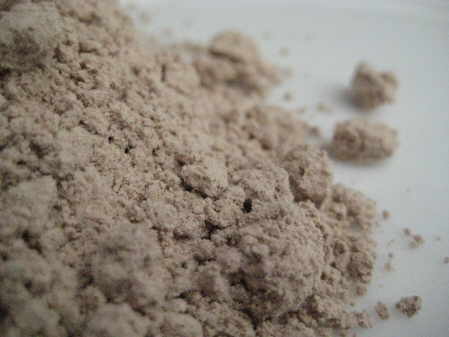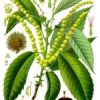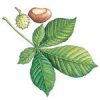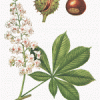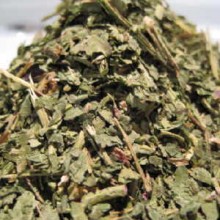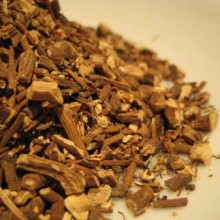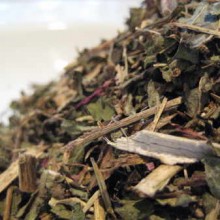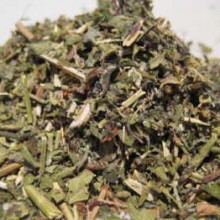The Horse Chestnut (Aesculus hippocastanum) tree is native to Asia and northern Greece and is related to the soapberry and lychee family. It is now cultivated in many areas of Europe and North America. The tree produces fruits that are made up of a spiny capsule containing one to three large seeds, – Horse chestnuts. It is also affectionately known as the Conker Tree.
Traditional Uses & Constituents of Horse Chestnut Seed:-
Traditionally, many of the aerial parts of the Horse Chestnut tree, including the seeds, leaves, and bark, were used in medicinal preparations. Modern extracts of horse chestnut are usually only made from the seeds, which are high in the active constituent aescin (also known as Aescin or sometimes Escin).
Horse Chestnut Seed is used to treat varicose veins (blue veins usually seen in the legs) and haemorrhoids. The seeds are the source of a saponin known as aescin, which has been shown to promote circulation through the veins. Aescin fosters normal tone in the walls of the veins, thereby promoting return of blood to the heart. This has made both topical and internal horse chestnut extracts popular in Europe for the treatment of chronic venous insufficiency and, to a lesser extent, varicose veins.
Aescin also possesses anti-inflammatory properties and has been shown to reduce oedema (swelling with fluid) following trauma, particularly following sports injury, surgery, and head injury. A topical aescin preparation is very popular in Europe for the treatment of acute sprains during sporting events. Horse chestnuts also contain flavonoids, sterols, and tannins.

